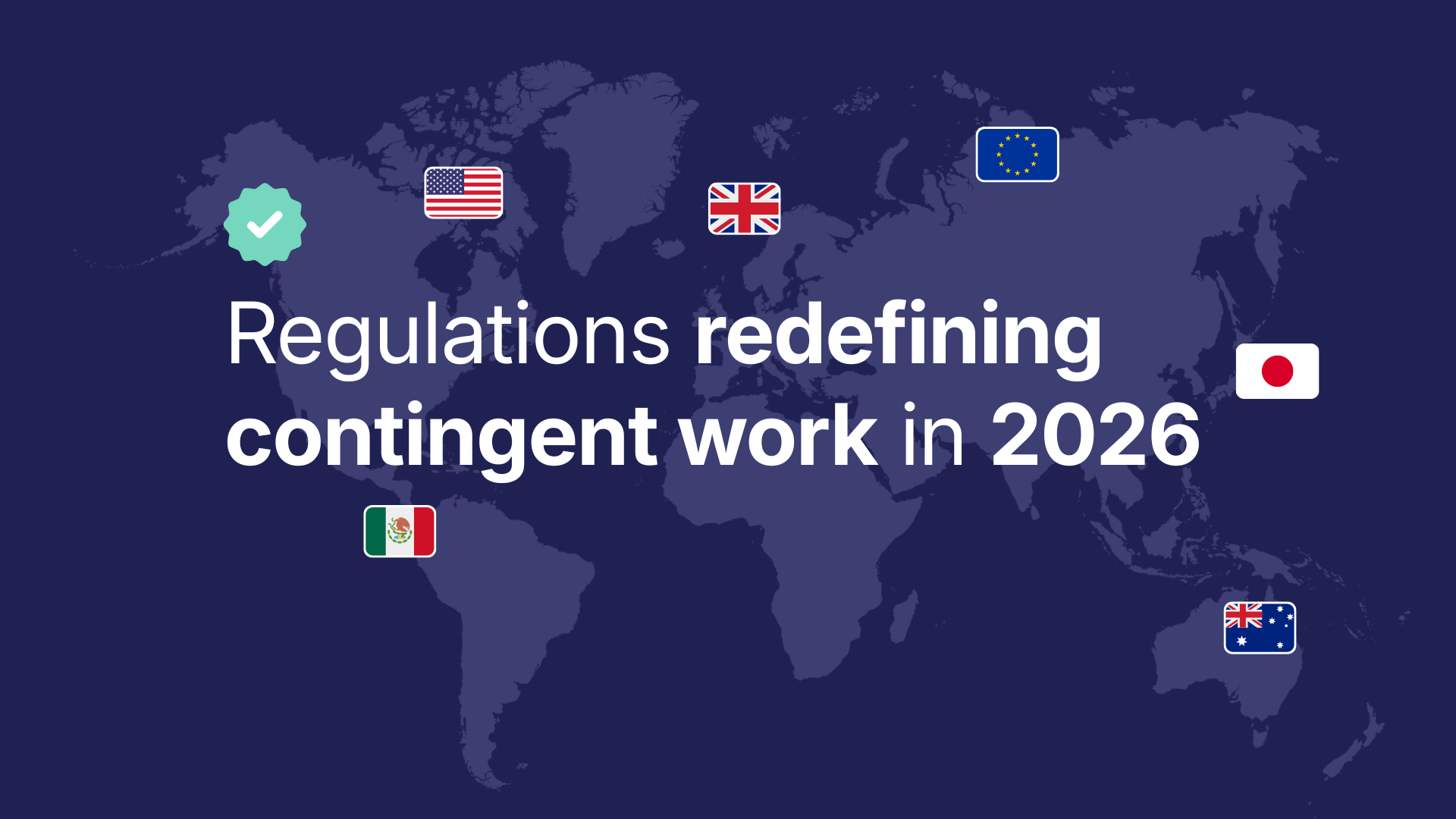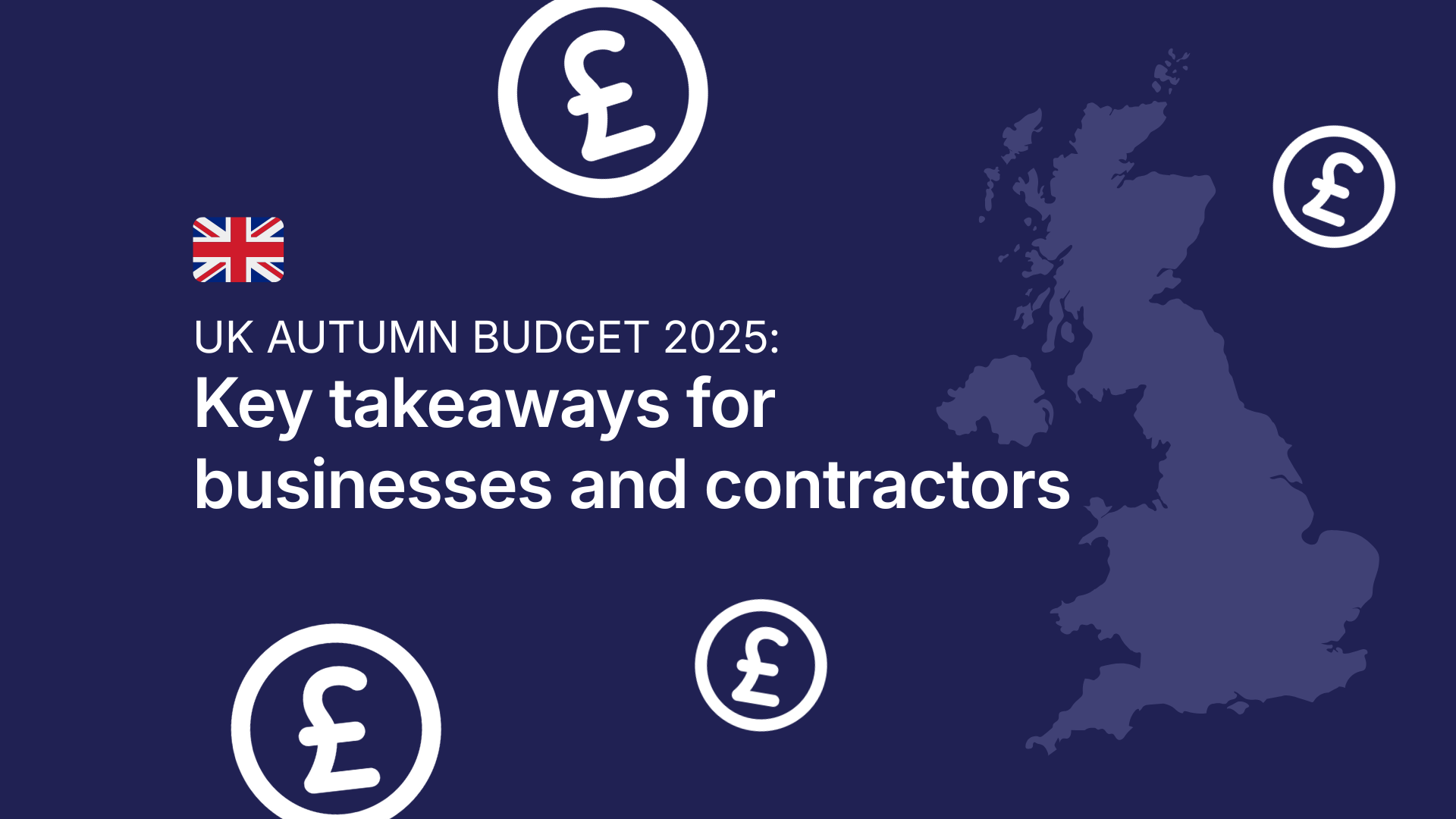When it comes to finding clients and networking, our freelance community have a varied approach with many replying on platforms like ours or LinkedIn to find new projects. Some gain a reputation in their industry, like Alison, who enjoys an average of more than a hundred searches from Google a month and a healthy 4th position for her YunoJuno profile.
We spoke to Alison about her solid ranking reputation and how she actually finds the majority of her freelance work, as well as what a typical day of a digital UI designer in 2022.
Having been freelance for over four years, we asked Alison what made her take the plunge:
“I was in between jobs and I had nothing to lose so I thought I’d try it out whilst I was out of work, and since my first gig, I’ve never looked back. I love the excitement and novelty of starting new gigs, working on exciting projects for well-known clients and meeting new people.”
As the industry of design has seen significant evolution over the last few years, freelance designers have a broad range of skills and often focus on different areas. We asked Alison what a digital UI designer does: “I alternate between User Interface (UI) design roles and integrated design roles. For UI roles, I design websites, and campaign landing pages for mobile-friendly websites. Where I’ve gained experience in marketing design and art direction, that’s where I’m more of a digital designer and I would be hired to work on social media concepts, marketing assets and deck design (and more!). My portfolio shows a variety of different touchpoints, so it all depends on the client's brief. I know very early on if a brief is right for me or not and clients would be able to tell the same.”
Covering a lot of different areas, we then asked Alison what her favourite parts of the job were:
“My favourite part of my job is being able to express my creativity and be given the freedom to design and art direct. It’s a great feeling when you’re presenting work to the client and it’s well received. We all then big each other up as a team which I love. There’s nothing better than getting appreciation for your hard work from your peers and clients.”
Looking at our referral traffic for YunoJuno indicated Alison Congdon’s name brings in on average 110 searches a month. Is this reflected in getting new clients?
“I’ve had clients reach out to me saying they’ve seen my work featured online in blogs and social media platforms. To appear in google search results, my name and work would probably be referred over to whoever’s googling me!”
Alison also regularly updates her own website which helps bring in new clients too:
“It is one of the core deciding factors. Clients have a window into my style, skillset and who I’ve worked with in the past. When I edit and showcase my portfolio, I make sure it appeals to the types of clients I’m looking to work with. I’m proud of my work and have been fortunate to work with some big names and look forward to working with more clients in years to come.”
With a wealth of experience in freelance already, we asked Alison what advice she’d give someone wanting to specialise in digital design for their career: “Figure out if design is something you’re really interested in and really enjoy. Since my late teens, I haven’t seen myself doing anything else other than being a designer. It’s a very competitive industry, so always be looking to enhance your work, and your portfolio and build a network.
Spend time learning the latest software like Figma, sketch and Adobe suite, this is what a lot of clients are looking for especially in digital design. Being highly skilled in these, and having a natural eye for design, you’ll have an edge over other designers.”
When it comes to self-promotion, freelancers are often guilty of completely ignoring it but without sharing some great work or projects, prospective clients and even existing ones won’t be able to see any examples of work. We asked Alison if she uses her own social channels to share work:
“I use LinkedIn and YunoJuno mainly as my two main platforms for finding new clients.
The network I’ve built up over the past few years on LinkedIn has been a huge help in me finding new work. I often have past colleagues who refer me to clients looking for designers. I think my style of work, and what I present to clients, it’s very industry style, rather than illustrative and artistic, so I don’t use Instagram or Twitter at all, and I’ve never needed to.”
And when it comes to networking with fellow freelancers, Alison has a mixed approach to real-life and online: “I’ve built up a network of freelancers who I’ve worked with during my time freelancing. When there’s a commonality in where you work and you can build relationships from the highs and lows of projects it’s easy to build relationships that way. I network with freelancers in real life too, but usually at awards ceremonies like the YJ Sweet FA’s, where we have that commonality we share.”
Finally, on hearing Alison had been nominated for a Sweet FA 2022, Alison shares how she felt: “Amazed! I couldn’t believe it. I’m so happy that one of my past clients nominated me. I was working at Apple at the time, working on the Brompton Road new store opening project, which was very exciting to be part of. When I told one of my colleagues about my nomination they cheerleaded me on and told the rest of the team to go and vote for me, which was lovely. A very proud moment in my career.”
If you need some support on your next design project, book Alison today.







